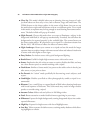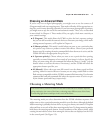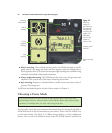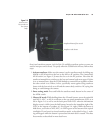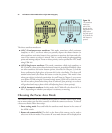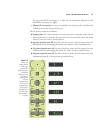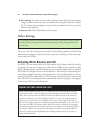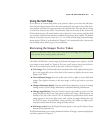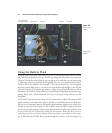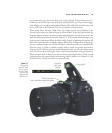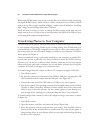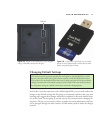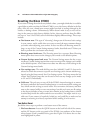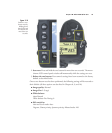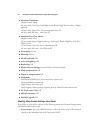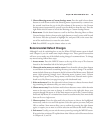
Using the Built-in Flash
Working with the D7000’s built-in flash (as well as external flash units like the Nikon
SB-900) deserves detailed coverage, and I’m providing the information you need (see
Chapter 12). But the built-in flash is easy enough to work with that you can begin using
it right away, either to provide the main lighting of a scene or as supplementary illumi-
nation to fill in the shadows. For example, if you choose Matrix or Center-weighted
metering (as described earlier), you can even use the flash in full daylight, as the D7000
will even automatically balance the amount of light emitted from the flash so that it
illuminates the shadows nicely, without overwhelming the highlights and producing a
glaring “flash” look. (Think Baywatch when they’re using too many reflectors on the
lifeguards!)
The D7000’s flash has a power rating of 12/39 (meters/feet) at ISO 100, using the GN
(guide number) system that dates back to the film era and before electronic flash units
had any sort of automatic features. I’ll explain guide numbers (which can be a little con-
fusing) in more detail in Chapter 12, but in plain terms, the flash’s rating means that
the unit is powerful enough to allow proper illumination of a subject that’s 10 feet away
at f/4 at the ISO 100 (sensitivity) setting of your camera. Boost the ISO (or use a
wider f/stop) and you can shoot subjects that are located at a great distance. For exam-
ple, at ISO 800, the D7000’s flash is good enough for a subject at 20 feet using f/5.6
David Busch’s Nikon D7000 Guide to Digital SLR Photography38
Figure 2.6
Review your
images.
Press playback
to review images Zoom Out Zoom In Reverse Forward
Change info
display



